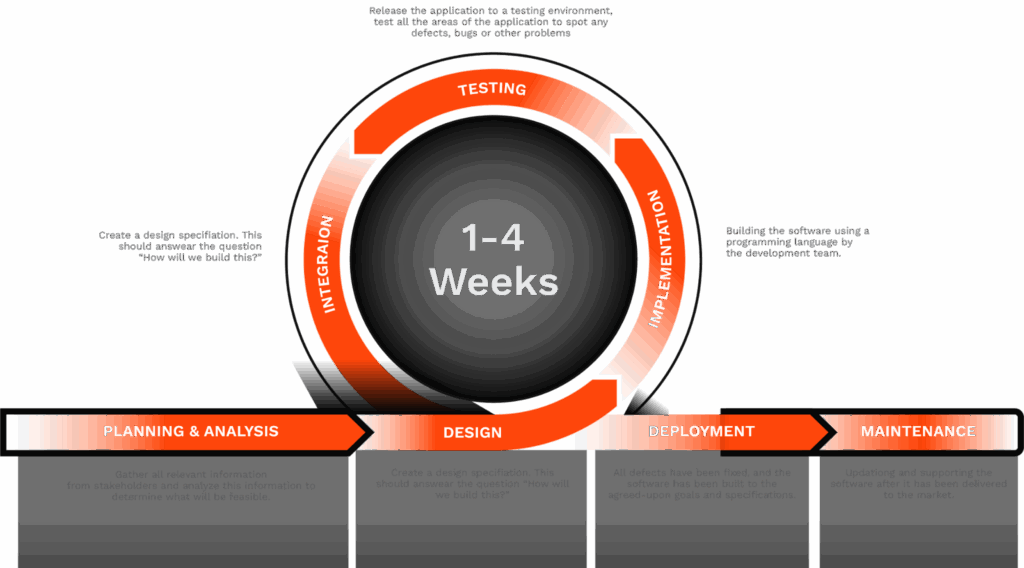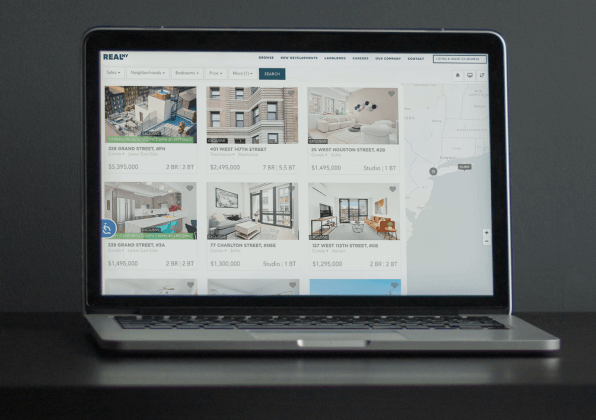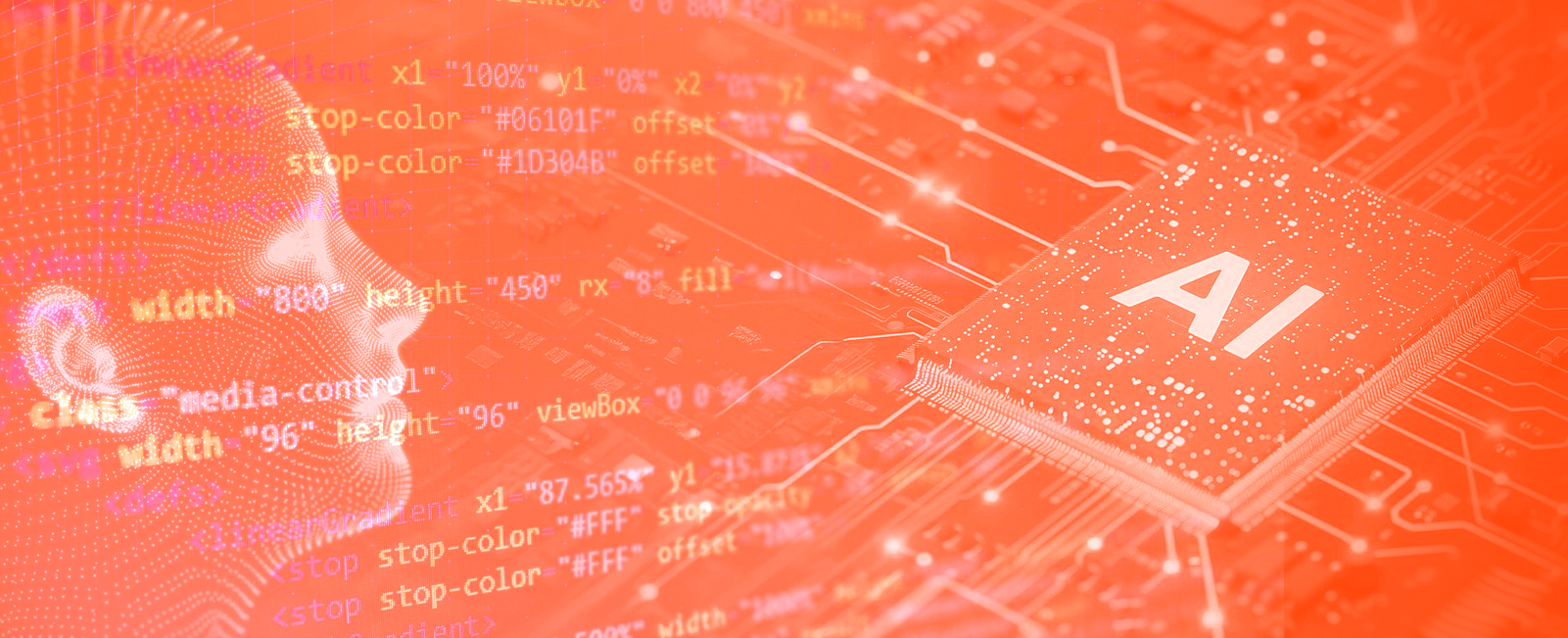Have you ever wondered how entire development teams stay on the same page when working on a project? When deadlines are tight, requirements change, and users expect constant updates, coordination is a challenge. That’s why so many teams turn to Agile product development.
Agile gives teams a clear, flexible way to organize their work. Instead of trying to predict everything upfront, Agile encourages you to build in small steps, gather feedback, and adjust as needed. It helps developers, QAs, designers and stakeholders stay aligned, respond to change quickly, and deliver faster.
In this article, we’ll explore how the Agile product development life cycle works, its benefits, and how you can implement it successfully.
What Is Agile Product Development?
Agile product development is a way to build products using short, repeated development cycles. Instead of trying to deliver the entire product at once, Agile teams break the work into smaller pieces, develop those quickly, and get feedback early and often. This method is based on the Agile Manifesto, a set of principles created in 2001 by 17 developers to improve software development by emphasizing collaboration, flexibility, and working solutions.
Here is a great explainer video that helps understand how Agile works:
In practice, Agile means frequent releases, constant check-ins, and the ability to make changes even late in the process.
The Agile Product Development Life Cycle
No matter which framework you use, Agile development typically follows six key stages. Each stage plays a clear role in helping teams deliver working products faster and with more focus. If you’re partnering with a team that follows Agile, here’s what you can expect at each step of the process:
Conceptualization
This is where the idea takes shape. The product manager defines the goals, outlines initial requirements, and estimates time and cost. The focus is on identifying what’s feasible and worth building. Keeping requirements minimal at this stage allows flexibility as the product evolves.
Inception
Once the idea is validated, the team forms. The product manager selects team members, sets timelines, and starts outlining the technical design. Stakeholders provide input, helping to define the product’s functionality and user experience.
Iteration
This is the core of Agile development. Teams build a basic, working version of the product, often called a minimum viable product (MVP). Developers and designers collaborate closely, and feedback from stakeholders is used to guide future iterations. This phase repeats until the product is ready for release.
Release
Before going live, the product undergoes testing. The quality assurance team ensures the system works as expected, and any bugs are fixed. After testing, the product is released to users, and teams gather feedback for further improvements. Training materials and user documentation are also prepared at this stage.
Maintenance
Once released, the product enters the maintenance phase. Teams monitor its performance, support users, and address new issues. Updates and improvements continue through additional iterations.
Retirement
Eventually, products reach the end of their lifecycle. This could be due to new replacements or changing needs. At this point, support ends, users are notified, and the product is phased out.
The Agile Product Development Methodology
Agile product development methodology revolves around cross-functional teams that organize their work around goals rather than rigid processes. These teams work in sprints—typically two to four weeks long—where they plan, build, test, and release parts of the product.
Here is how it’s done at UniRidge:

Each sprint ends with a review and retrospective, where the team discusses what worked, what didn’t, and how they can improve. Agile methodology uses just enough structure to keep things moving while staying open to change. The goal is to continuously deliver usable pieces, not wait months for a big release.
Why Agile Methodology Works for Business and Development
One of the biggest advantages of Agile(and the reason why we choose it for our clients) is its business alignment. Agile keeps development and business teams moving together, not in isolated silos. The goal is to build features that directly support client goals, and the best way to achieve that is when all sides are on the same page. Agile process is structured to keep communication open and outcomes measurable.
Here is how everyone benefits from this approach:
Development and Business Work as One
Planning everything in advance is not practical. Priorities shift, customer expectations change, and competitors move fast. Agile allows your product roadmap to respond to these shifts without needing to start over starting with the discovery phase.
This is only possible when business stakeholders and development teams are in constant communication. Key decision makers are an active part of the journey through regular demos, reviews, and check-ins. This makes it easier to:
- Adjust to business strategy changes mid-sprint
- Spot misalignments before they become blockers
- Validate progress through working features
- Save time and money that would otherwise be used on unnecessary features and fixes.
Obviously, that only works if everyone is on board and the client side provides clear feedback.
You can read more about that in our article about client’s responsibility in a software project.
How Agile Ceremonies Support Business Outcomes
Agile ceremonies are the checkpoints that ensure the product is moving toward the right business results. Here’s how they work in our process at Uniridge:
Sprint Reviews
Each sprint ends with a live demonstration of the completed work. We show how what we did supports the product vision and client goals. This review is not a sign-off meeting, but rather a feedback loop. As a client, you can see the real functionality and request changes or realign scope early.
We use this ceremony to confirm that each feature meets our shared Definition of Done, which includes technical completion, but most importantly, business value.
Retrospectives
Every sprint ends with a retrospective. The team meets to discuss what went well, what caused delays, and what needs to change. The goal is to keep improving the workflow and figuring out how to deliver results faster and more effectively.
These meetings also help catch gaps in communication between developers and the business side. In one project for a fintech client, we found that the team misunderstood how a new feature would affect real users. The issue came up during the sprint review, and we used the retrospective to figure out what went wrong. We made a few changes: better notes in user stories and a short sync between business leads and developers before each demo. That fixed the problem. We find that it’s always better to take the proactive approach than wait until misalignment uncovers itself.
Choosing the Right Project Management Methodology for Your Project
Selecting the best methodology depends on your project’s goals, team size, duration, resources, and budget. At Uniridge, we tailor our approach to your needs. We choose from Agile-based frameworks – Waterfall, Lean, and others to ensure efficient delivery and alignment with your business objectives.
Key Agile Methodologies
Here are the most used methodologies we usually pick from based on our experience and client’s results:
| Methodology | What It Is | When We Use It |
|---|---|---|
| Waterfall | A linear, plan-driven model with clearly defined phases and deliverables upfront. | Suited for projects with fixed requirements, strict deadlines, and low volatility—such as regulatory software. |
| Scrum | Agile framework structured around time-boxed sprints, ceremonies, and roles like Scrum Master. | Ideal for evolving projects where stakeholder input and rapid iterations are essential. |
| Kanban | A visual board-based system managing continuous work—no fixed sprint structure. | Perfect for support, maintenance, or ongoing task streams without strict deadlines. |
| Scrumban | Combines Scrum planning and Kanban flow for flexibility within structure. | Effective for complex, unpredictable work requiring both planning and adaptability. |
| Extreme Programming (XP) | Agile method that stresses teamwork, code quality, pair programming, and frequent testing. | Used in technically demanding projects where code health and rapid delivery matter. |
| Lean Methodology | Focuses on eliminating waste and maximizing customer value with efficiency. | Ideal for streamlining processes—especially in manufacturing-like or cost-sensitive software. |
Final Thoughts
Agile product development helps you get the results you need faster and with less risk. It gives your team the ability to adapt as priorities shift, stay close to user needs, and see working features delivered regularly. But it only works when the team you partner with has the right tools, mindset, and way of working.
At Uniridge, we use Agile in every project we take on. That means clean, maintainable code, consistent communication, and a clear focus on solving the problems that matter to your business. We prioritize staying flexible and aligned with your goals at every step.
Take a look at our case studies to get inspired by our client’s results:
Take a look at our case studies for more details:








